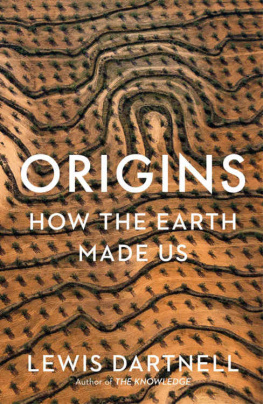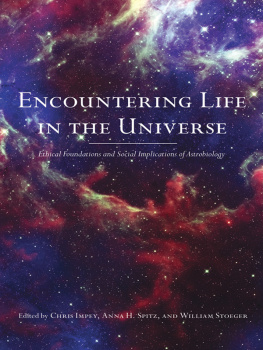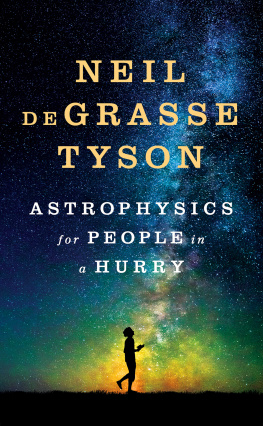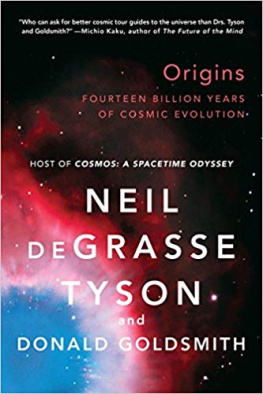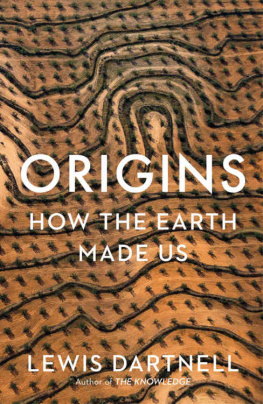Life in the Universe
A Beginners Guide
ONEWORLD BEGINNERS GUIDES combine an original, inventive, and engaging approach with expert analysis on subjects ranging from art and history to religion and politics, and everything in between. Innovative and affordable, books in the series are perfect for anyone curious about the way the world works and the big ideas of our time.
aesthetics
africa
anarchism
aquinas
art
artificial intelligence
the bahai faith
the beat generation
biodiversity
bioterror & biowarfare
the brain
british politics
the buddha
cancer
censorship
christianity
civil liberties
classical music
climate change
cloning
cold war
conservation
crimes against humanity
criminal psychology
critical thinking
daoism
democracy
descartes
dyslexia
energy
engineering
the enlightenment
epistemology
evolution
evolutionary psychology
existentialism
fair trade
feminism
forensic science
french revolution
genetics
global terrorism
hinduism
history of science
humanism
islamic philosophy
journalism
Judaism
lacan
life in the universe
literary theory
machiavelli
mafia & organized crime
magic
marx
medieval philosophy
middle east
NATO
nietzsche
the northern ireland conflict
oil
opera
the palestineisraeli conflict
paul
philosophy of mind
philosophy of religion
philosophy of science
planet earth
postmodernism
psychology
quantum physics
the quran
racism
renaissance art
shakespeare
the small arms trade
the torah
sufism
volcanoes


LIFE IN THE UNIVERSE
A Oneworld Book
Published by Oneworld Publications 2007
Reprinted 2009
This ebook edition published in 2012
Copyright Lewis Dartnell 2007
All rights reserved
Copyright under Berne Convention
A CIP record for this title is available from the British Library
ISBN: 9781851685059
ebook ISBN: 9781780741635
Typeset by Jayvee, Trivandrum, India
Cover design by Two Associates
Oneworld Publications
10 Bloomsbury Street
London WC1B 3SR
England
www.oneworld-publications.com
Stay up to date with the latest books, special offers, and exclusive content from Oneworld with our monthly newsletter
Sign up on our website
www.oneworld-publications.com
For Vicky
I love you
Preface
You hold in your hands Life in the Universe: A Beginners Guide; thank you for picking it from the shelf. This book tells the story of our place in the cosmos and the prospects for finding life beyond the Earth, a field of scientific research that has come to be called astrobiology. It has been written as both a popular science book, for anyone curious about the existence of life out there, and also an entry-level primer for undergraduate or postgraduate students starting a course in astrobiology. A glossary and reading list have been included at the back of this book to help those starting afresh in this field.
Over the coming chapters well consider some of the most fundamental questions in science. What actually is life? How did it develop on our own world? In what way might the Earth be special, or the entire Universe be fortuitously set-up to allow life? Where else in the solar system or galaxy as a whole might the conditions for life be met? Well take a look at some of the hardiest life-forms known on Earth, how cells might be transferred between planets, and what dangers lurk out in the depths of space. Well travel through four billion years of our planets history and take a guided tour of the mostly likely abodes in our own solar system, before voyaging out to the pinprick stars that speckle our skies.
I encountered three main problems writing this book on astrobiology. The first was both a joy and a frustration. As astrobiology is such a fast-paced discipline, some information will have become out-dated even before the ink has dried on the page. For example, since completing the draft the first terrestrial planet orbiting another main sequence star has been discovered, a world only five times bigger than Earth. The planet is not thought able to bear life as it lies far beyond the habitable zone of its cool red dwarf star, but it does constitute the most Earth-like discovery so far. An equally ground-breaking finding has been made within our own solar system. Enceladus, a small moon of Saturn, has been discovered to be surprisingly active; spewing out a plume of water from an area of blue tiger stripes near its south pole. Astrobiologists have always over-looked this unimposing moon, but the realization now is that with pockets of liquid water there is the possibility of life even here. In support of this is the steadily amassing evidence that certain cold-tolerant cells on Earth remain active well below 20 C, the temperature previously thought to represent the lowest limit for life.
Second, this new discipline spans an enormous diversity of different research areas, each with their own extensive body of background knowledge and terminology. I have done my best to present all these facets equally, whilst being careful not to swamp the text with excessive jargon or peripheral detail.
Thirdly, astrobiology is still at an early stage of development, striving to secure its foundations in scientific bedrock. Much of the data collected so far is ambiguous and we have a very incomplete picture of many of the most crucial areas, resulting in fierce controversy and debate over correct interpretations. I have tried to fairly present all sides of an argument, but been careful not to lose the reader in an intricate and bewildering web of conflicting evidence, claims and counter-arguments. Despite discussing many of these ideas with the leaders in the field and rigorously checking every fact, misrepresentations and factual errors will still invariably have crept into the text. For these I apologise.
It goes without saying that this book would have been impossible without the selfless efforts of many people, offering me their time to comment on the evolving drafts and help check facts and theories, as well as countless fascinating conversations in conference coffee rooms, corridors and staircases. A few deserving special mention include Alan Aylward, Emily Baldwin, Tom Bell, Andrew Coates, Ian Crawford, Chris Lintott, Nicola McLoughlin, John Parnell, Andrew Pomiankowski, Dave Waltham, John Ward, and Julian Wimpenny. Great thanks also to my expert illustrator Piran Sucindran, copy editor Ann Grand and the hard-working team at Oneworld Publications; Marsha Filion, Kate Smith, and Mike Harpley.
But perhaps the most important acknowledgements are for those who dont realise how valuable their influence has been. I speak here of my friends and family that have hauled me through the rough patches of this project, and especially my grandfather who bought a young schoolboy his first popular science book, and opened my mind to the marvels of the Universe. I owe you all an incalculable debt of gratitude.
Lewis Dartnell
London, 2007
List of Illustrations



